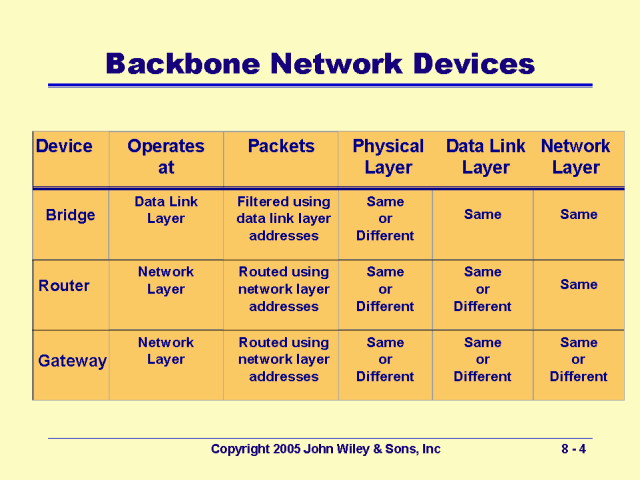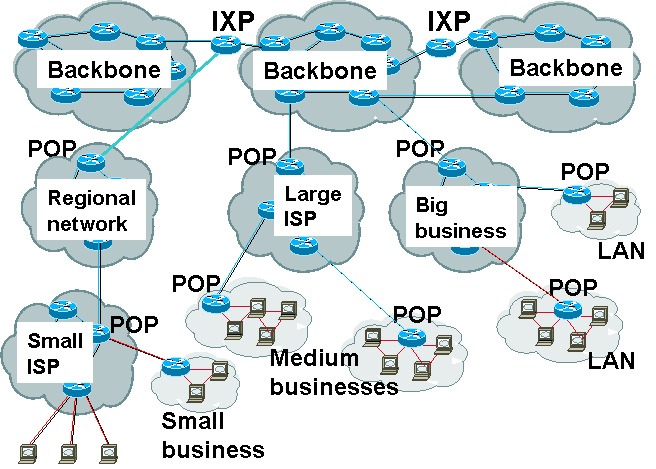

Actual TTFB is mostly impacted by network speed and connectivity.

In most cases, the ping rate gives a relatively accurate assessment of latency. Round trip time (RTT) – Calculated using a ping, a command-line tool that bounces a user request off of a server and calculates how long it takes to return to the user device. Measuring latency is typically done using one of the following methods: This is especially true for commercial websites (i.e., e-commerce sites), where high latency can significantly impact overall performance and therefore UX. Round-trip time (RTT) is primarily affected by the distance between webserver and user, as well as the number of intermediate points through which a connection travels.Ī slight change in latency can have a perceivable effect on page load time and user experience (UX). Round-trips – A round-trip is the journey taken by an object request (e.g., HTML files, stylesheets and script files) to your webserver and back to the user.

Server performance – There is a correlation between server performance metrics-including server speed, hardware used (e.g., HDD/SDD drives) and available RAM-and your site latency.Several factors impact latency, including: Measured in milliseconds, network latency is the time it takes a site visitor to connect to your webserver, their request to be processed and the server to begin sending data.


 0 kommentar(er)
0 kommentar(er)
